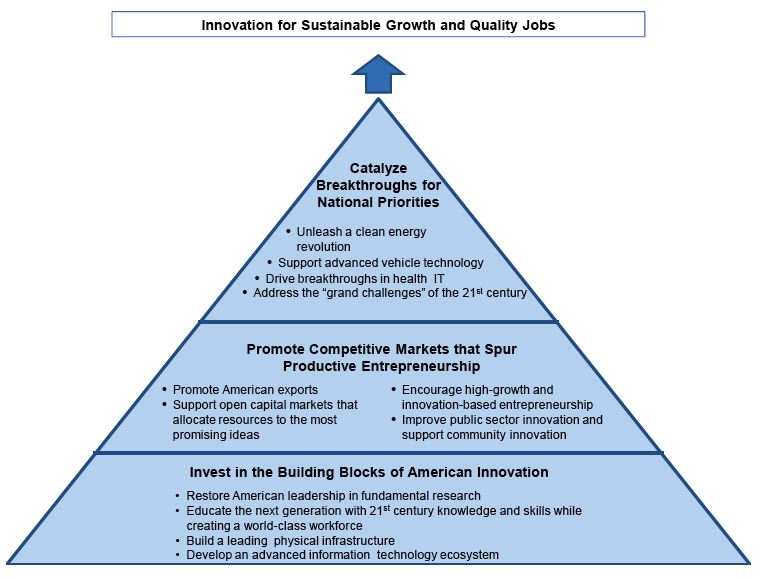Oh, I know The Bloggess isn’t for everyone. She’s profane and outrageous. She’s offensive in so many ways. She’s also funnier than Robin Williams and extremely successful at blogging.
One of the hints you get when you read tips for being a better blogger is to summarize your posts in a weekly roundup. Another tip is to point out your most popular posts. I do remember to do those things every once in a while. I’m not very organized about it, but I remember once in a while.
The Bloggess writes in more than one place on the web (as I do). So she publishes a weekly summary of “shit-I-was-doing-when-I-wasn’t-here.” This feels like another edict from on high from a successful blogger: tell people about all the other stuff you’ve been doing.
In that spirit, my aim today is remind you off all the stuff-I-do-here-and-there-on-the-web.
- WaSP InterAct Curriculum. This is a web standards based curriculum produced by a worldwide volunteer group of experts from education, business, and many web related fields. It is freely available for use in education and business. Some courses are available now. More will be available in March. Several members of this group are working on a book.
- eHow. This how-to site is home to several hundred articles of mine explaining all sorts of web related things in step by step fashion. I’m approaching a million page views at eHow, which is possibly a greater readership than I have anywhere else.
- First 50 Words. In a past life, I taught writing. I wrote some books about teaching writing. I embrace a technique called “writing practice” which calls for writing about any topic whatsoever. Most days of the week, I create a writing prompt for writing practice and post it at First 50 Words. I write about the topic and invite readers to write about it as well.
- BlogHer. I’m one of several Contributing Editors at BlogHer who write about technology and the Internet. I haven’t counted the number of posts I have at BlogHer, but I’m sure the number is in the hundreds now. For purposes of comparison, I’ve posted about 1000 writing prompts at First 50 Words and have over 1300 posts here at Web Teacher.
- TGB Elder Geek. TGB is Time Goes By. It’s a blog about what it’s really like to get older. There are so many elder bloggers who read Time Goes By that I was asked to write some geeky posts aimed at elders. Those posts aren’t much different from any other basic technical post I write.
- vdebolt.com. I mostly ignore my home domain. Recently I reworked it to reflect more of what I do now, and pared it down to about three pages of information. First time I’ve revised the material there in years. You can find a few more tidbits about me there, such as presentations I’ve done, books, and links to some stories.
There it is: stuff-I-do-here-and-there-on-the-web. With a tip of the hat to The Bloggess.



![Reblog this post [with Zemanta]](http://img.zemanta.com/reblog_e.png?x-id=00c23238-bbdf-4158-9ca4-78338a0ad36a)